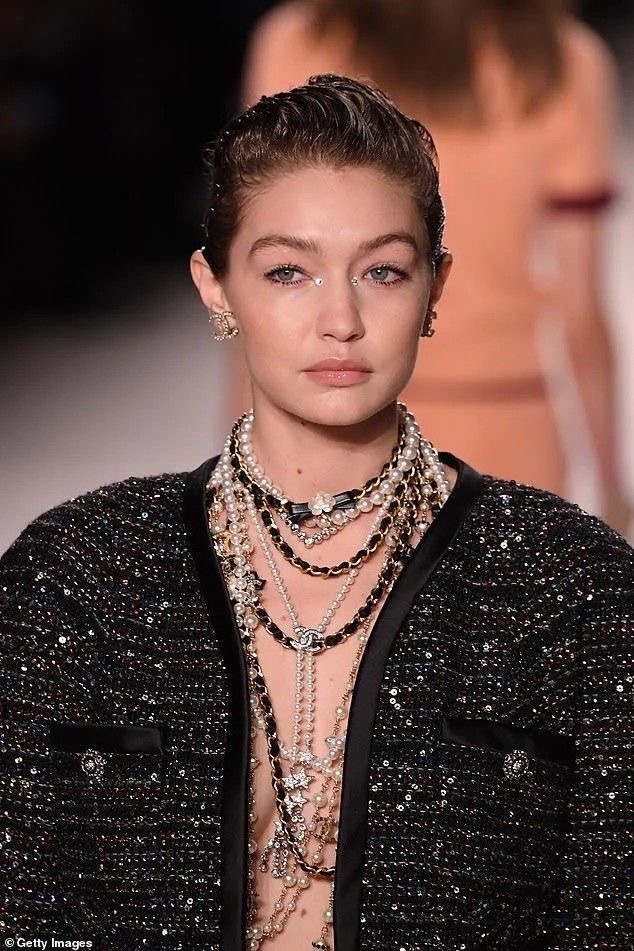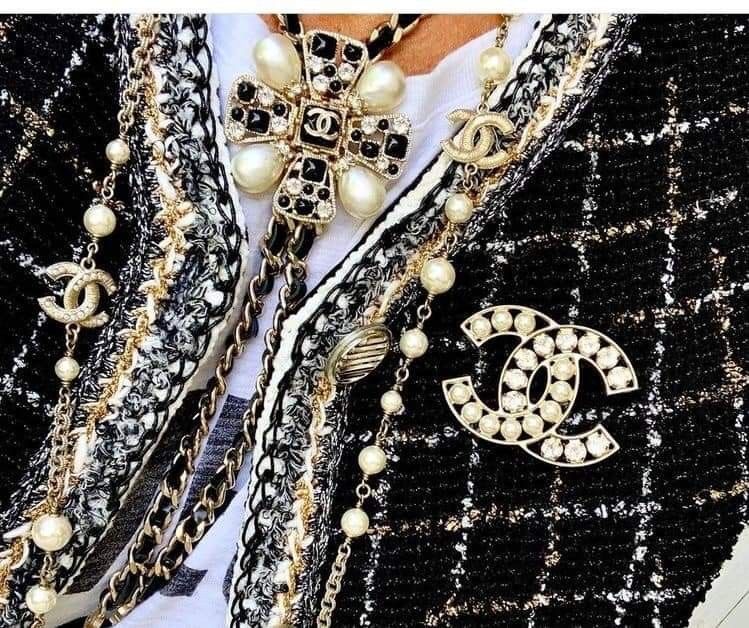3 May 2025

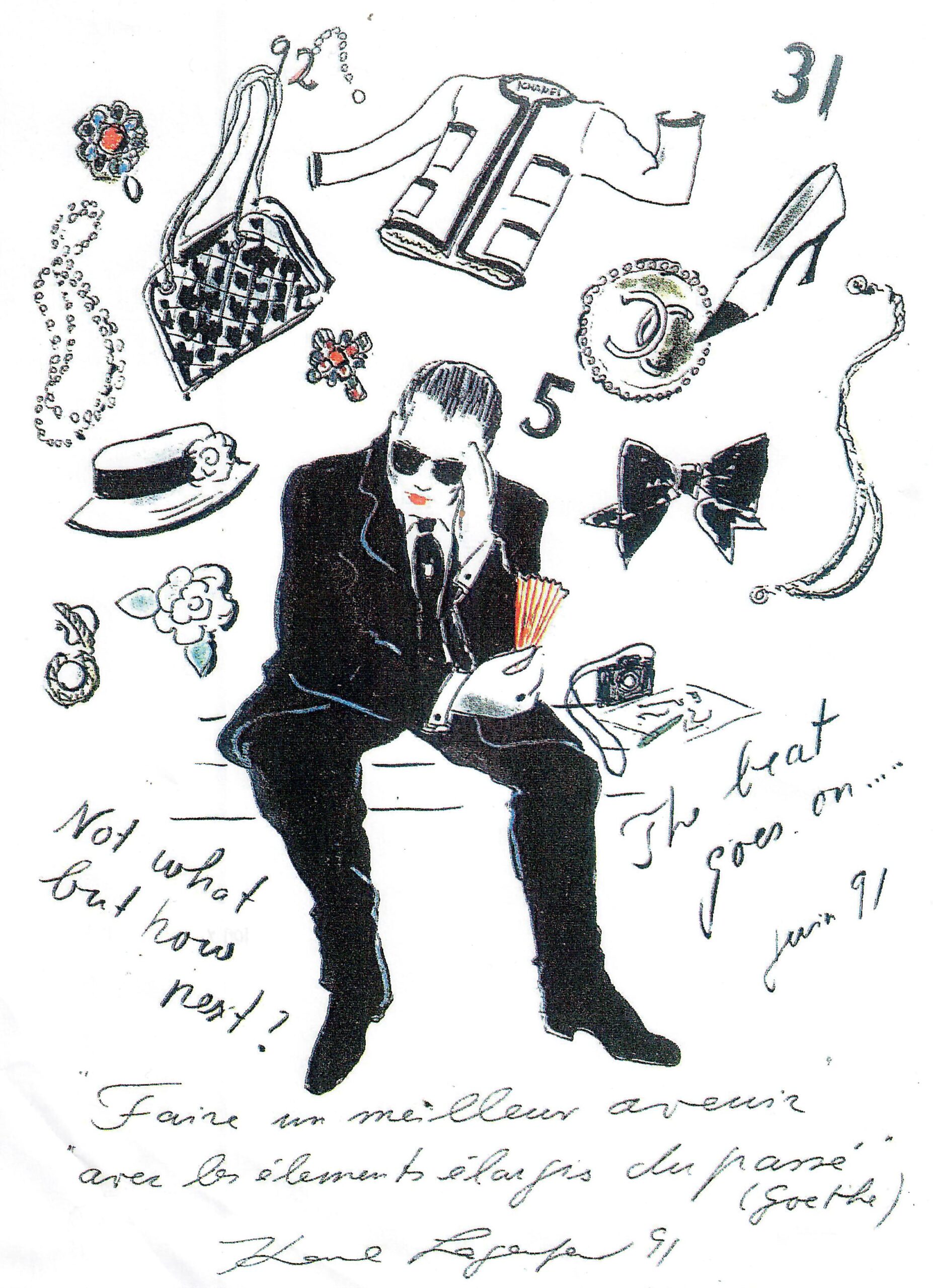
Throughout its storied history, there have always been key elements used by the House of CHANEL in all its creations. First used by Mademoiselle Chanel because of her pure love for them, they have continued to shape the designs of CHANEL, being twisted and reinterpreted brilliantly by Karl Lagerfeld during his reign as Creative Director, beginning in 1983 until his passing in 2019, and then by Virginie Viard, from 2019-2024.
These codes have assisted in solidifying the identity of the brand and making its designs instantly recognizable (although very often copied) as well as ensuring that the House is always true to the vision of the woman whose name is boldly displayed above the door.
… the camellia is everywhere. Adorned on bags and footwear, embroidered throughout couture pieces, stitched onto sweaters, printed on denim, woven into runway hairstyles, pinned onto jackets, imprinted into eyeshadow palettes, set in diamonds or pressed onto packaging. The centerpiece and focus of the Fall-Winter 2023/24 RTW collection, brought to life by Virgine Viard. The main ingredient of both the Hydra and N1 skincare collections. The list is neverending.
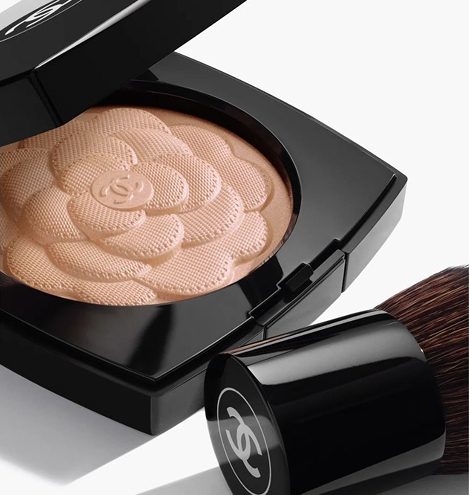
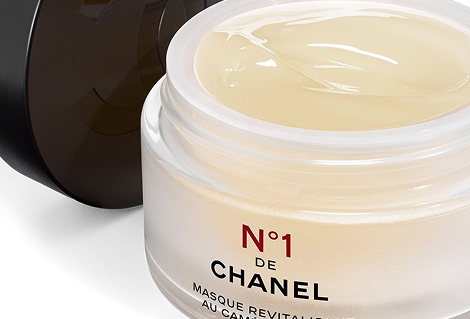
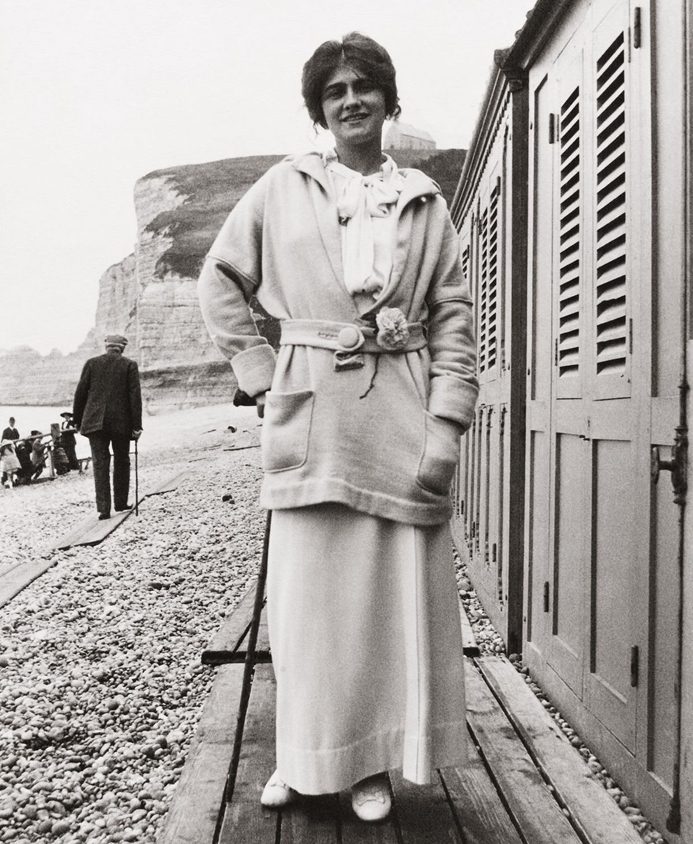
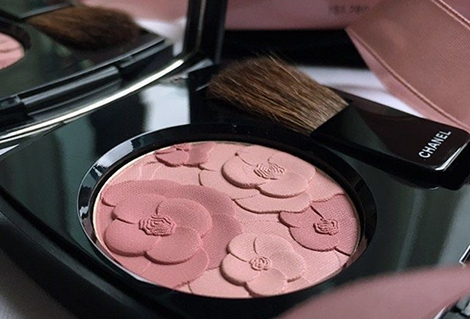
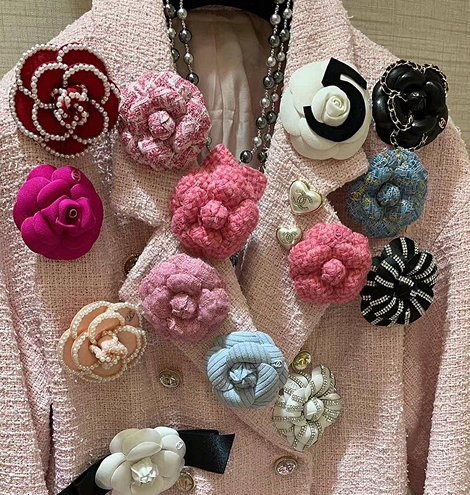
Recorded as making its first appearance in 1913 on Gabrielle Chanel’s belt and then in a similar fashion, as it is recognized today, on a black suit in a 1933 collection, the CHANEL camellia will never go out of style. Loved by Coco for its simplicity, purity and lack of scent, the flower became a constant in her world of charms and symbols. When once asked what she eats for breakfast, Coco replied, “Madame, I eat a camellia…”. An eternal code.
There is speculation of the design origin of the iconic double C’s logo, but nothing is confirmed. Some believe it is modeled after the linked double C emblem of Catherine de Medici, which can be found throughout the Chateau de Chenonceau (aka “Chateau des Femmes”). This Chateau served as Virginie Viard’s inspiration and the location for the 2021 Metiers D’Art show as she found many elements that aligned with the CHANEL aesthetic. Another possibility is that the interlocking C’s resemble the stained glass windows of the Aubazine convent where Gabrielle Chanel spent most of her childhood. After her mother died, her father brought her and her sisters to the convent – she was 11 years old and never saw her father again.
While the double C logo was used on lipstick tubes and makeup compacts in the 1920’s, it did not extend to further use. It was Karl Lagerfeld who solidified the interlocking CC branding, incorporating them into clothing, footwear and most famously updating the clasp on the classic flap handbags – a major difference that separates the original 2.55 from the 11.12. And thanks to logomania, it has become almost impossible to find anything from CHANEL without a hint of the double C’s – not that I’m complaining!
As with many aspects of the CHANEL style, Coco borrowed from the boys and made it her own. In this case, she borrowed from the 2nd Duke of Westminster – the wealthiest man in England who she had a decade long relationship with beginning in 1924. And what she borrowed from him was his tweed jacket. Originating in Scotland, tweed was primarily used for men’s sportswear jackets for its thickness and durability (think hunting and fishing). But of course, Coco became fond of the garment and reshaped it to suit a more feminine silhouette. She also worked closely with a tweed manufacturer in Scotland to fashion the fabric into something more comfortable and lightweight for everyday wear.
In the 1950’s, with her return to fashion, Chanel refined the CHANEL suit that became the framework for the most iconic, most replicated and most wanted piece of fashion – specifically the CHANEL tweed jacket.




Today, the tweeds we know are exclusively produced by Maison Lesage in France and the looks presented with each collection are inspiring. Made by mixing varying colours and shades or being intertwined with different materials such as velvet, ribbons, leather or sequins, each piece embodies the theme of the collection it is a part of. The silhouettes themselves are also ever changing. From oversized to fitted, mid-length to floor length, and of course, the most loved mini, cropped versions shown in 1995 by Karl Lagerfeld. And let’s not forget the Fall-Winter 2022/23 RTW collection, presented by Virgine Viard. An ode to tweed, highlighting the house’s history with the material and showcasing the various ways in which it has been used – suits, coats, dresses, bags and footwear. The options are endless and timeless.
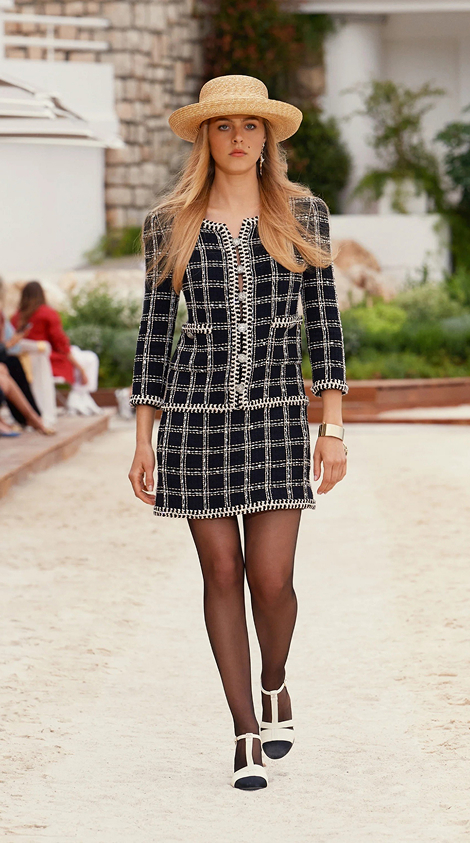
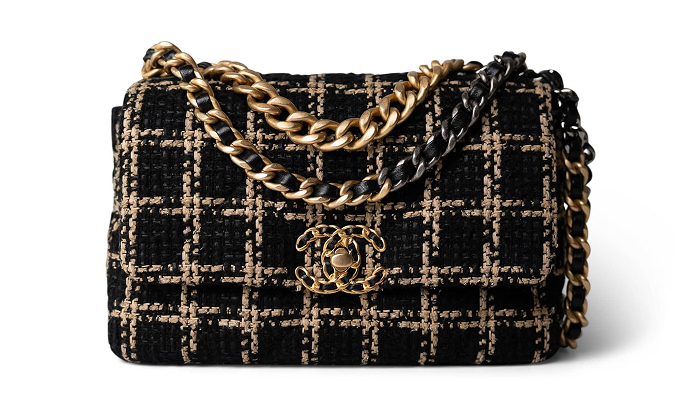
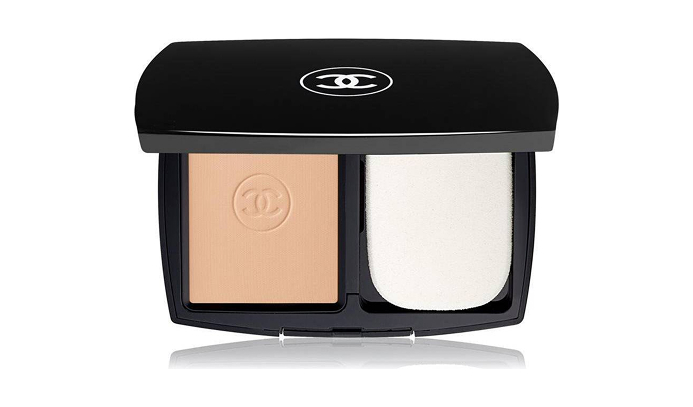
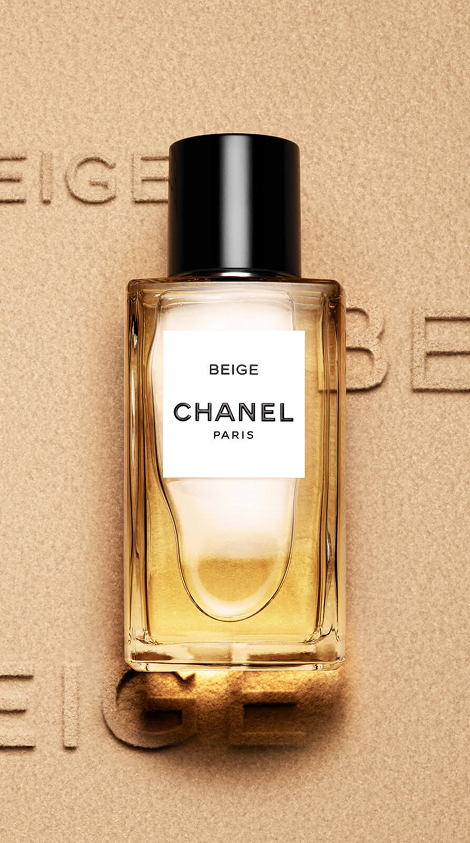
These three colours, on their own or in combination, are the most important in the CHANEL colour palette. It is said that Gabrielle’s link to these colours originates from her childhood upbringing at the Aubazine orphanage. The black and white of the nun’s uniform; the beige stone of the convent walls. These colours represented simplicity and after Chanel they also came to represent elegance. As Gabrielle said, “I imposed black and it reigns still because black trumps all.” Setting black against white or beige – for their naturalness and purity – she created an aesthetic that is synonymous with CHANEL.


The classic black and white CHANEL suit: Instantly recognizable and timeless with an iteration for each collection. Sometimes with added embellishments, but always black and white at its heart.
The timeless beige and black slingbacks. Created in 1957 by Gabrielle for practicality. The beige matched her skin tone to elongate the leg, with a black almond toe to make the foot appear slimmer. Over time, this design has been extended to espadrilles, ballet flats and boots.
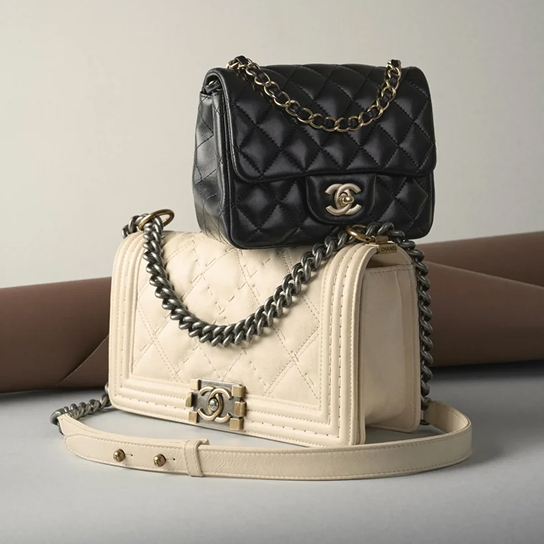
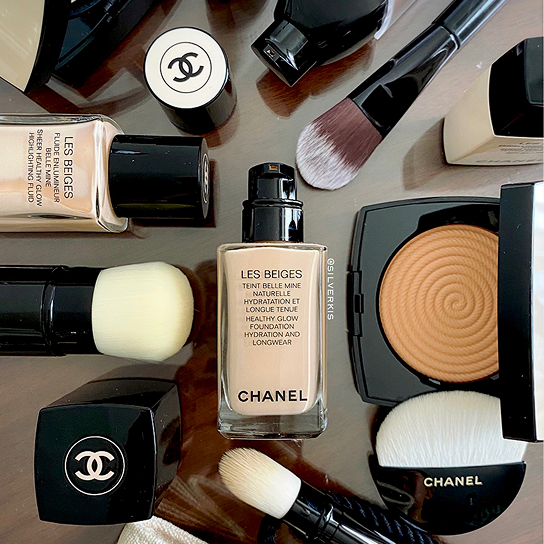
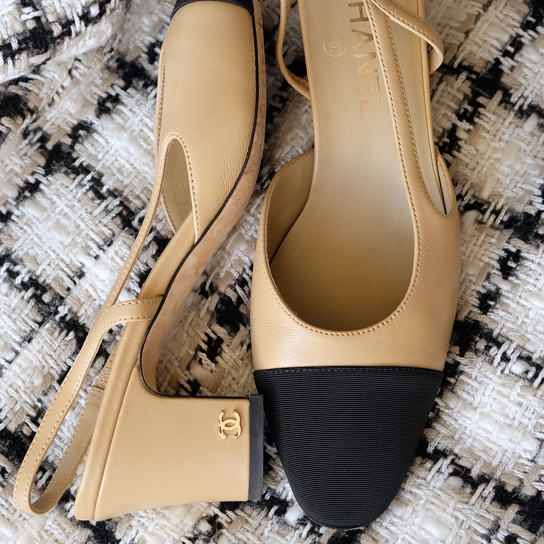
Gabrielle loved costume jewellery. It played well into her approach of taking something that was frowned upon and turning into a must have item. It also made it easier to layer multiple pieces without worrying about how much that was going to cost. In the most iconic images of Mademoiselle, she can be seen posing with multiple long strands of pearl necklaces, chunky cuffs adorned with gripoix and brooches. Contrary to her take on clothing – refined, understated, simple elegance – her approach to jewellery was go big or go home. As she said, “Costume jewellery isn’t made to provoke desire, just astonishment at most. It must remain an ornament and an amusement.”
As a code, this tradition is still continued today. With each season a variety of faux jewellery pieces adorn each look. While the classics are always reinterpreted – strands of pearls, chain and leather waist chains, maltese cross cuffs, camellia brooches – more playful designs are also presented to reflect the theme of the particular collection. Think roller skate charm necklaces (Cruise 2024) or seashell pendant earrings (Cruise 2025). Nothing short of amusing.
